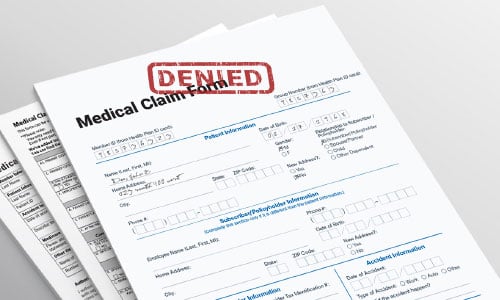
It is well within your medical practice’s control to drive revenue with provider productivity and capacity, patient volume, and payment levels for your services. However, the external revenue aspects can be somewhat daunting and feel out-of-reach at times. These include insurance claims/payer reimbursements, patient payments, and collections. By optimizing the external revenue cycle, your practice can achieve a healthier cash flow.
Here are some ideas of what clinics can do to collect money right now, or to make sure they have the information needed to collect later.
Train Your Staff
One of the first actions to take is training your staff. Take the time to do a thorough job. Teach them what to say and what not to say. Having scripts is helpful to keep order and accuracy, especially when dealing with collections law. It also can help boost the effectiveness of communication on the part of your office. It is best to set clear guidelines for your employees on verifying insurance eligibility, collecting co-pays up-front, and clearly defining financial policies through communication with your patients. These are just a handful of tools that are instrumental in your office's ability to receive the money that is owed.
Train your front office staff in insurance eligibility checks. When patients calls in to schedule an appointment, check their insurance before they come in for a visit to make sure their insurance will cover visits. Gathering this information beforehand as well as bringing this to the patients’ attention will help on the backend with collections. It will also build trust with patients because they will better understand the cost and their coverage.
Another point to train on is how to create payment plans with patients. An individual will often handle this in the billing office or at the front desk. It is helpful to create these payment plans with patients before they leave the office. Work together to come up with a plan that lays out how much they will pay each month to pay off the procedure. By taking the time to be direct with your patients, it will help set clear expectations and give them the chance to ask any questions. Plus when it’s done in person, they may feel more inclined to follow through and make payments on time.
Proper education and training should not be limited to just your front desk staff or billing office. It’s essential your back office staff, nurses and physicians know the costs and payment arrangement options. Patients will ask them frequently, and they shouldn’t give a response without knowing the actual procedure costs. By providing training and education on charges, it will help staff be able to discuss payments and costs legally. This will also keep everyone on the same page so no one promises clients something the billing office can’t deliver.
Educate Your Patients
Most practice payments come from insurance; however, the remaining patient account balance is where most of the office’s collections efforts go. There are two sources of money owed by your patients:
- The amount remaining after the insurance companies pay their portion
- The amount owed by patients who didn’t go through insurance and instead chose to spend out of pocket
Most medical practice debt comes from post-insurance accounts. These unpaid balances are the fastest growing component of this debt. To avoid this, be sure to educate your patients. As mentioned previously, before scheduling an appointment, be sure to review their insurance eligibility and acceptance. Take time to go over pricing and what they can expect until they meet with the doctor where they can then get a better idea.
When your clients are in office and before they leave, educate them on how they can access online and postal payments. This is especially helpful after you set up a monthly payment plan. Teach them how to access these online portals to help them make their payments simpler. The last thing you need stopping your patients from paying on their remaining balance is the lack of understanding of how to do so.
Lastly, give your patients the resources they need to make their end easier. This could include a handout of step-by-step instructions, or just direction to where they can go for help. Give them the resources they need to answer any of their questions or address their concerns.
Fine Tune Your Billing
While billing and collections go hand in hand, billing systems can make a more significant difference than you think. Keep your accounts receivable period within a standard of 42 days. This will keep your billing team on the schedule, and there will be a higher pressure to collect correctly. Keeping appropriate technology and experienced billing personnel in your office will also help with workflow and receiving payments. Having specialized billing personnel will ultimately help you with receiving payments. If your office lacks in the billing department, you may need to consider outsourcing.
This last idea may sound unrelated, but it will make a difference: Keep your medical bills simple and straightforward. Medical bills can get confusing and even overwhelming, especially when there is extra unnecessary information on them. If it’s messy with too much information and lacks clarity, your patients will likely set it aside to deal with it later. Keep your invoices to the basics only, including balance, date of service, due date, and a number to call with questions. When your bills are straightforward, it's likely your clients will be more straightforward as well, meaning more bills will be paid on time.
You can have more control over your financial outcomes by implementing these ideas into your office. Rather than suffering from revenue loss, boost your collections by dedicating time to training your staff, providing your patients with the resources they need to make their payments, and building an expert billing office.



